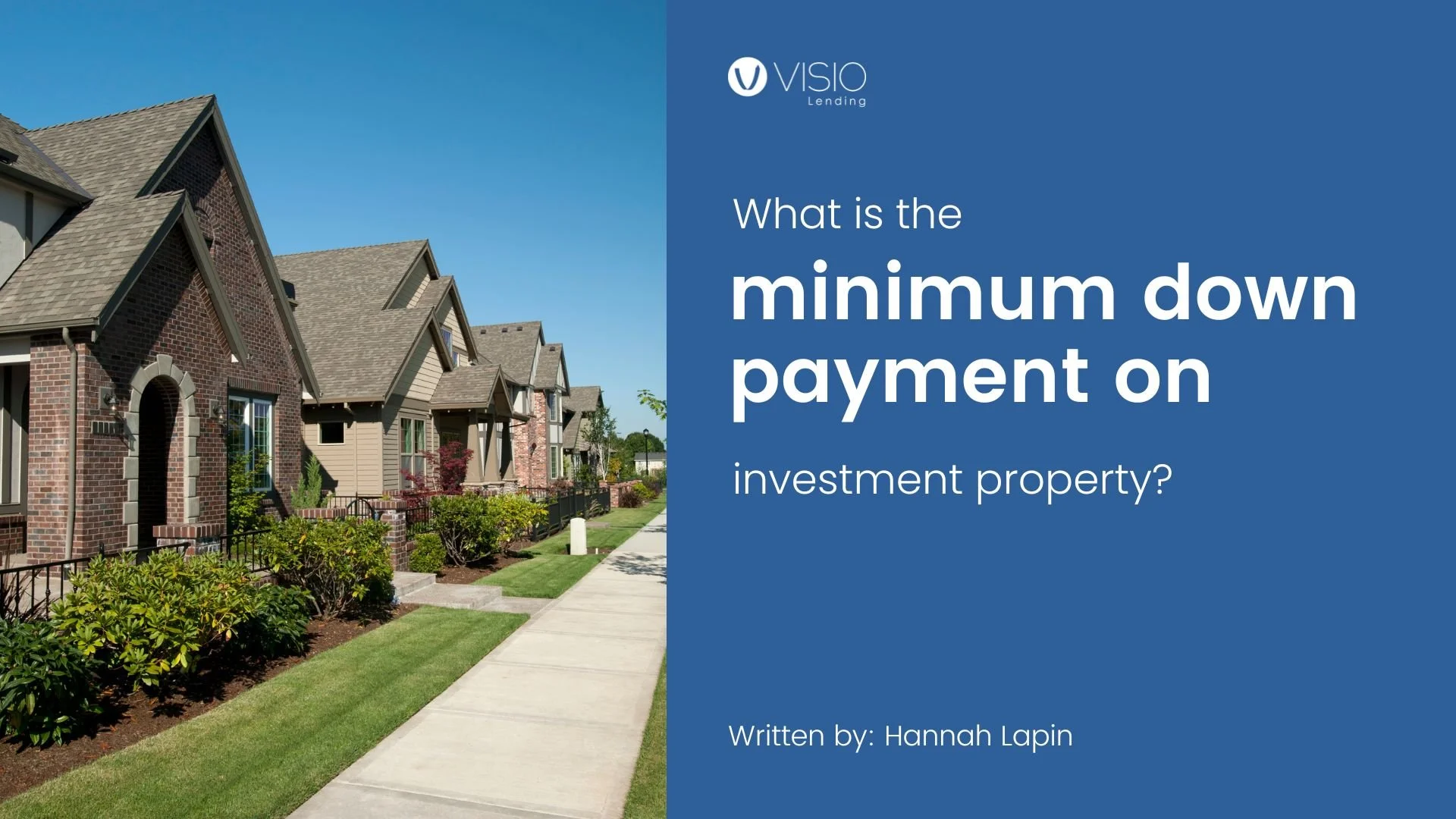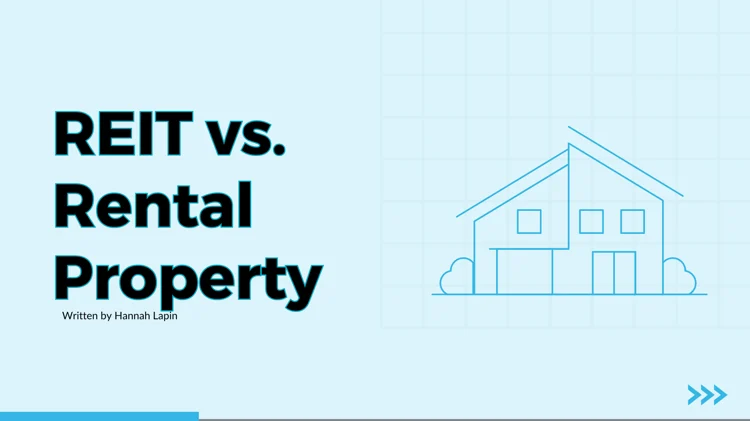Buying multiple rental properties is an excellent way to boost your cash flow and quickly develop a rental property portfolio, but affording this investment may be a challenge. Fortunately, there are numerous ways to finance multiple properties so that you can get started building rental income right away.
Before you decide to manage multiple properties, you need to perform a careful analysis on all of the rental property that you would like to purchase.
There are a variety of ways to determine property value and expected rental income, and most real estate investors combine several strategies to get a more comprehensive picture of what they will be purchasing.
Gross Rent Multiplier (GRM)
This method compares the potential investment with active and expired listings that have a similar profile. It divides the comparison property’s purchase price by its gross rental income to create a multiplier, which is then applied to the target property.
This strategy does not consider operating expenses, which makes it a rougher estimate than other evaluation methods.
Cash Flow
Much like analyzing any other investment, this method analyzes the cash flow in and out of the rental property.
You’ll list all the profit revenues, such as rental income, as well as expenses, such as mortgage, maintenance, and property taxes. This allows you to see if there is a positive or negative cash flow, which helps you ascertain whether you’ll make a profit.
Net Operating Income (NOI)
Net operating income refers to the income generated after all operating expenses have been subtracted.
You will combine all income sources, then subtract things like the mortgage, property management fees, taxes, and utilities in order to see what’s left after you have covered all debts. A high NOI indicates a good real estate investment.
Cap Rate
Cap rate refers to how long it will take for an asset to pay for itself.
To identify cap rate of a rental property, you divide the property’s NOI by its property value to get a percentage, which tells you how much of the purchase is covered by income per year.
For example, if you have a cap rate of 4%, this means that it will take 25 years for the property to fully capitalize.
Cash on Cash Return
Cash on cash return shows how much of your initial investment you make back per year.
You divide the net cash flow by the total cash invested to get a percentage. If you have a cash on cash return of 9%, this means you’re recouping 9% of the total investment per year. A return rate between 8% and 12% is considered very good.
Benefits of Buying Multiple Rental Properties
There are numerous benefits to owning multiple rental properties, which include the following:
- Tax Benefits – Many investors choose to purchase numerous properties thanks to the tax advantages. You can claim deductions for interest, taxes, maintenance costs, and depreciation, which helps reduce your overall tax burden while enjoying healthy profit.
- Increased Cash Flow – Your monthly income improves exponentially when you are able to collect rent from more than one property.
- Diversification of Investment – Every investment strategy requires diversification, as it reduces risk. Having several properties in different areas lets you weather shocks to the real estate market more easily.
- Leverage for Expansion – When you have a variety of properties, you can use cash out refinancing to help pay for more real estate, improving your portfolio.
- Protection Against Inflation – Real estate tends to hold its value well, which can allow you to retain good profits no matter the overall market conditions.
Challenges of Buying Multiple PropertiesNo investment is without risk, and this includes the rental market. You must consider these potential challenges when deciding whether having a large rental property portfolio is right for you.
Managing Multiple Rental Properties
Every rental property will need maintenance, and tenants can be challenging even for one property. As such, those who buy several rental properties typically rely on a property manager or property management company to assist in caring for their investments, particularly if they live far away.
These companies will help orchestrate general maintenance, settle tenant concerns, and provide lawn care to keep your property looking tidy. They can also assist you in finding new tenants and filling vacancies.
Key Takeaways
When researching how to buy multiple rental properties, you’ll need to consider financing and how to analyze a good investment.
There are benefits such as tax breaks and greater income by having more than one rental property, but owning multiple rentals also comes with logistical, administrative, and financial challenges. So it’s important to do your research on the lender, the properties, and your own ability to repay loans before you get started with rental property.
Slow and incremental growth is safer than rapid expansion. First time investors may find conventional loans better suited to their needs than riskier options like hard money loans. As you grow in confidence, you can begin investigating more real estate-specific mortgages, building a healthy income and diversifying your portfolio.






